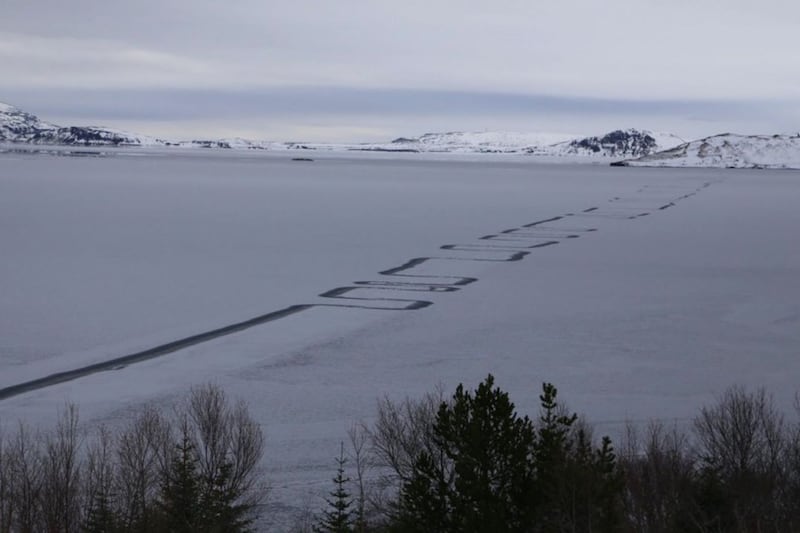Strange patterns that look like rectangular zig zags have appeared on a frozen lake in Iceland.
Local residents noticed the unusual markings across Lake Thingvallavatn at Thingvellir National Park, stretching almost 2km.
Park official Einar AE Saemundsen, who said he and his team had never seen anything like it before, took photos of the strange formations and posted them on the park’s Facebook page.
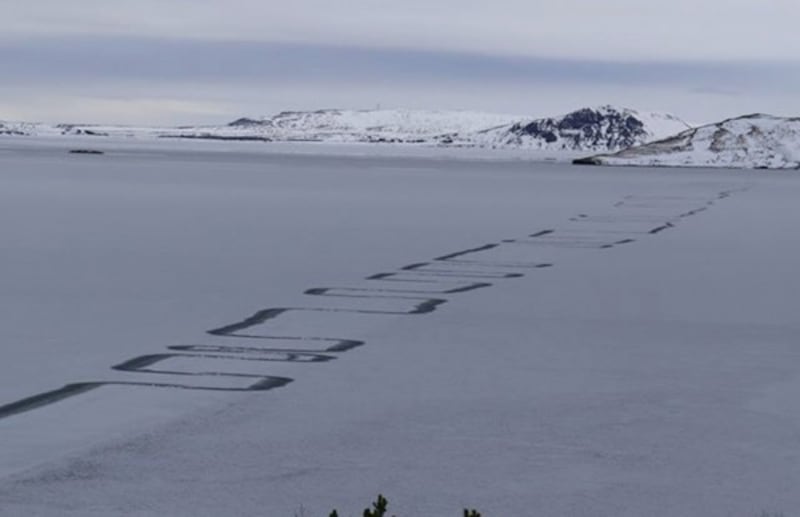
“On March 9, someone noted a strange-looking pattern on the ice sheet that locals had not seen before,” Saemundsen said.
“The linear and perpendicular pattern stretched more than 2km out into the lake. The lines did not form in same area as other known cracks in the ice.
“Speculations started and there was no shortage of alternative explanations from alien activity and unknown monsters in the lake to strange conspiracy theories.”
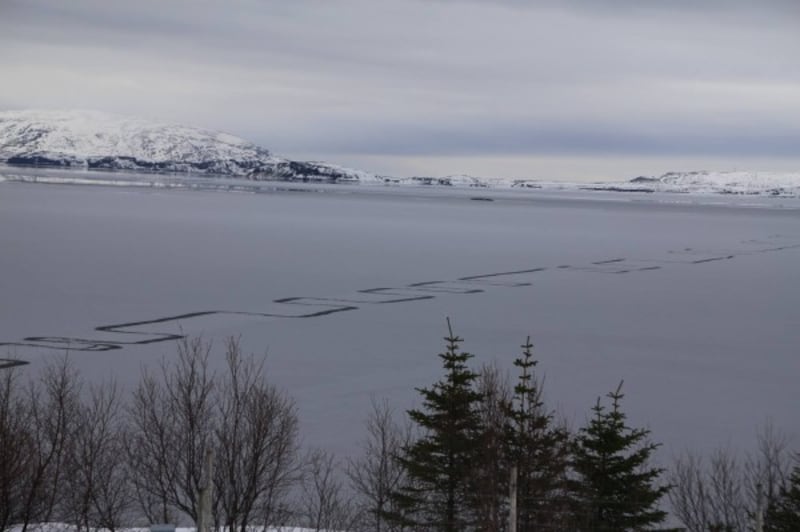
After speaking to various experts, Saemundsen said the park finally knows what caused the mysterious pattern to form.
“Scientific explanations came from experts that recognised this as a very rare phenomenon called finger rafting,” he said. “But it is not known to have ever been seen before at Lake Thingvallavatn.”
Finger rafting occurs when thin ice sheets floating on water collide and push over and under each other alternately, creating what scientists describe as “fingers”.
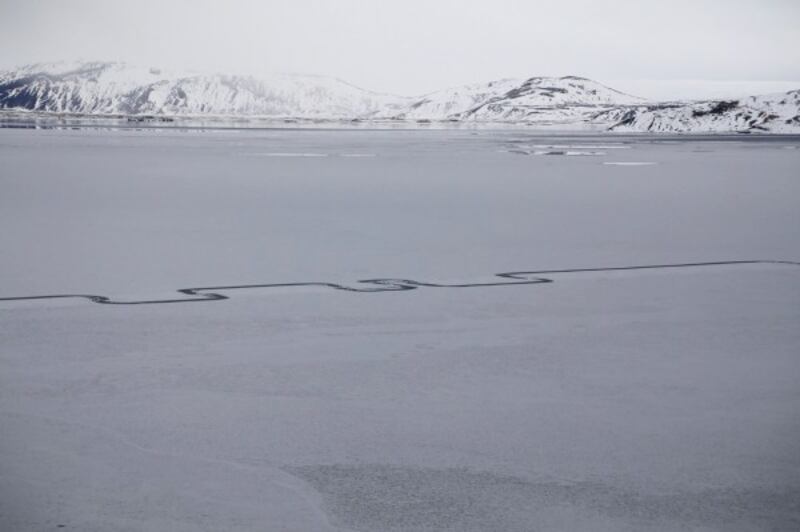
In a study reported in Physical Review Letters in 2007, professor John Wettlaufer of Yale University, explained the phenomenon, saying: “When two elastic sheets floating on a liquid collide, intuition leads us to expect one of two results – one sheet might be ‘subducted’ under the other, as we observe with the earth’s crust, or the two might crush each other forming a field of rubble, as we observe in thick ice floes.”
The natural patterns only occur when both sheets of ice are roughly the same thickness.
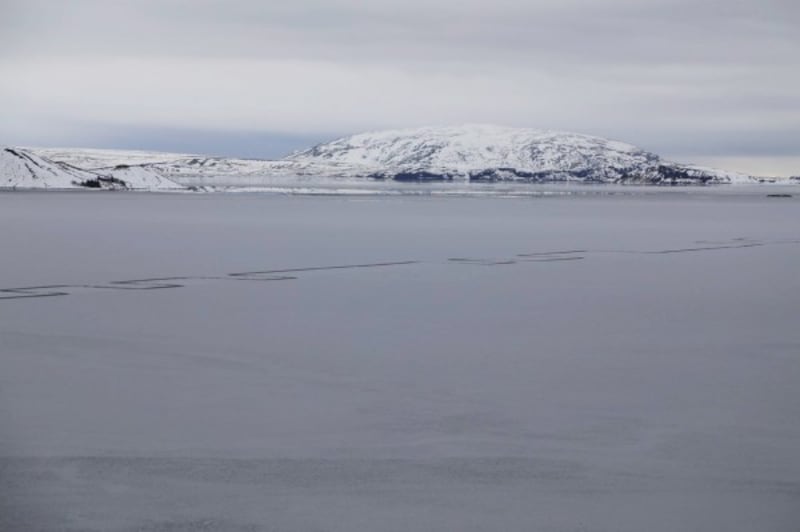
Lake Thingvallavatn is Iceland’s largest lake and is usually covered in ice sheets from around early January until spring.
But Saemundsen said a solid ice sheet has not formed on the lake in in the last 15 years due to increasing temperatures, saying the lake “has gathered partial ice cover for shorter periods” and is not very stable.
He expects the pattern to disappear in the next few days.



